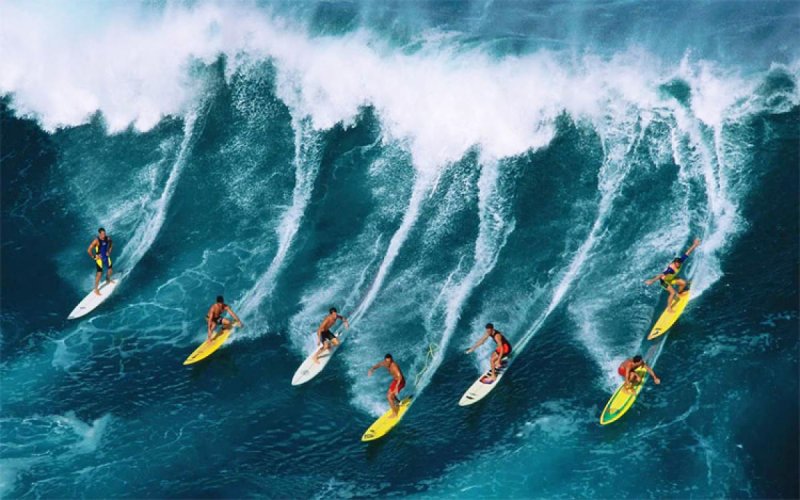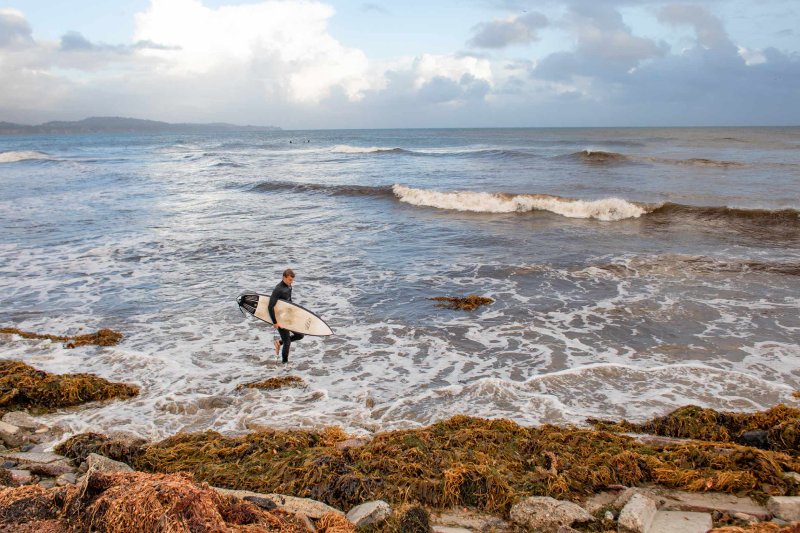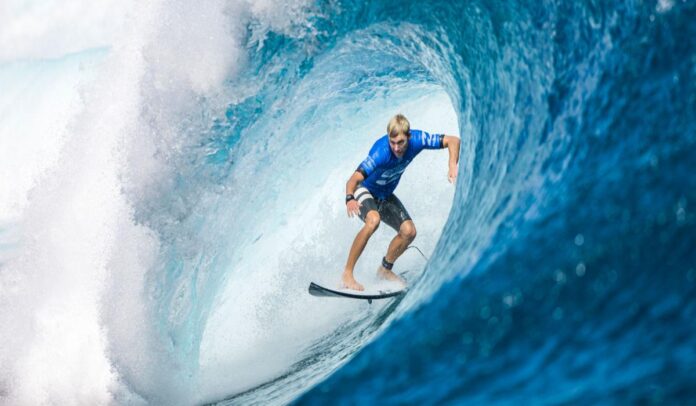Before you start wave surfing, it is important to first ensure safety and learn the basics.
When choosing a wave surfboard, larger and more stable boards are generally recommended for beginners.
It is important to take the correct position to ensure a safe stance against the waves in the sea.
To maintain balance, feet should be shoulder-width apart and body weight should be placed on the front foot.
When wave surfing, beginners should generally prefer small and low waves. This provides a more suitable environment for maintaining balance and learning basic techniques.
Learning basic techniques such as turning your board at the point where the waves form and applying resistance to the speed of the wave with your toes is important to improve wave surfing skills.
It is also vital to pay attention to safety rules while surfing. Avoiding collisions with other surfers, being mindful of other hazards at sea, and considering weather conditions can make wave surfing an enjoyable and safe experience.
Undertaking specialist training can be beneficial to further develop wave surfing skills and gain a better understanding of this exciting water sport.

What are the Physical Benefits of Wave Surfing?
Wave surfing is more than just a fun and exciting water sport, it can provide a number of benefits to physical health. Physical benefits of wave surfing:
- Cardiovascular Health: Wave surfing involves activities such as constantly maintaining balance, rowing, and gliding on waves. This increases heart rate and supports cardiovascular health. Regular wave surfing can strengthen your overall endurance and cardiovascular system.
- Balance and Coordination Development: Wave surfing exercises many muscles of your body to stay balanced on the water and move in coordination against the waves. This improves balance and coordination and increases body awareness.
- Muscle Strength and Flexibility: Surfing is an activity that strengthens especially the upper body, back, abdominal and leg muscles. Paddling, standing on a board, and interacting with waves target various muscle groups. Additionally, wave surfing can increase flexibility, particularly having positive effects on the ability to turn and bend the body.
- Stress Reduction and Mental Health: Wave surfing, the experience of interacting with the sea and gliding on the waves, can reduce stress and positively impact mental health. Water sports often have a relaxing effect, and being in nature can improve mental well-being.
- Weight Control and Fat Burning: Wave surfing can help control weight by increasing your body’s energy expenditure. Constant movement while wave surfing can increase calorie burn and support fat burning.
However, as with any sporting activity, you should consider your physical condition before wave surfing and talk to a healthcare professional first if you have any health problems or limitations.

What Should Be Considered While Wave Surfing?
- Maritime Knowledge and Skill Level: Your maritime knowledge and surfing skill level is important when wave surfing. If you are a beginner, it may be safer to start in calm waters and low waves. As you gain experience, you can move towards bigger waves.
- Use of Correct Equipment: It is important to use proper equipment while wave surfing. Choosing and using the right surfboard, surf suit, safety belts and other accessories can improve safety. It is also important to maintain the equipment regularly.
- Weather and Sea State Check : It is critical to check the weather and sea state conditions before surfing. Factors such as wind, wave height and current affect the surfing experience. Strong winds, high waves or dangerous currents can make surfing risky.
- Safety Equipment: Using safety equipment is vital while wave surfing. Using safety equipment such as a life jacket and, if necessary, a helmet provides protection against possible accidents.
- Respect for Marine Traffic and Other Surfers: It is important to pay attention to marine traffic while surfing. Respecting other surfers and other users of the sea can prevent accidents. Additionally, it is important to communicate with other surfers during the wave to avoid collisions.
- Reading Waves: Understanding how waves are formed and reading them is important for wave surfers. Being knowledgeable about the height, frequency and orientation of the waves can help you get the right position and glide on the wave.




